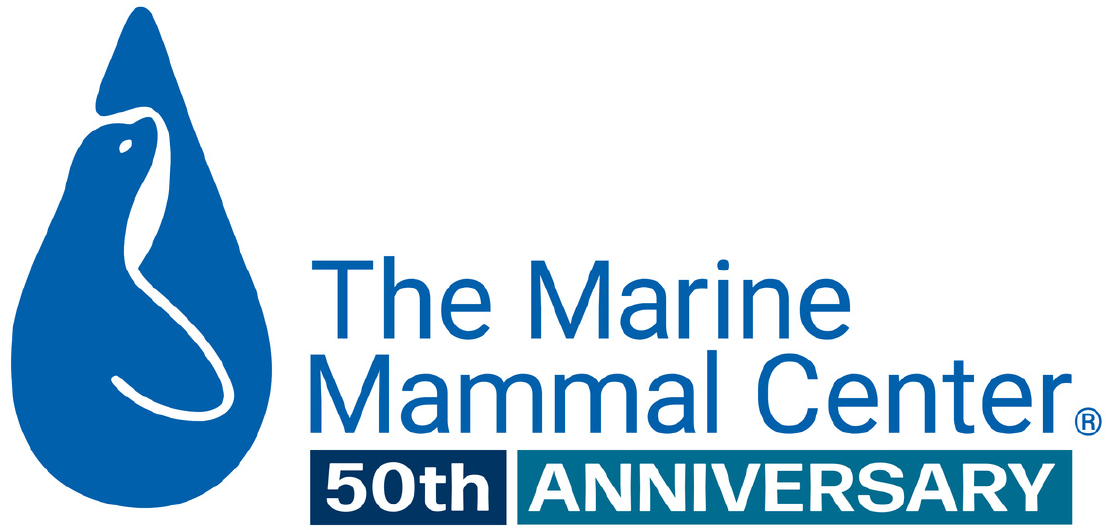
Gene Diversity Predicts Antigen Recognition and Is Associated With Disease Severity in Sea Lions with Leptospirosis
- Leptospirosis
Abstract
We examined the associations between California sea lion MHC class II DRB (Zaca-DRB) configuration and diversity, and leptospirosis. As Zaca-DRB gene sequences are involved with antigen presentation of bacteria and other extracellular pathogens, we predicted that they would play a role in determining responses to these pathogenic spirochaetes. Specifically, we investigated whether Zaca-DRB diversity (number of genes) and configuration (presence of specific genes) explained differences in disease severity, and whether higher levels of Zaca-DRB diversity predicted the number of specific Leptospira interrogans serovars that a sea lion's serum would react against. We found that serum from diseased sea lions with more Zaca-DRB loci reacted against a wider array of serovars. Specific Zaca-DRB loci were linked to reactions with particular serovars. Interestingly, sea lions with clinical manifestation of leptospirosis that had higher numbers of Zaca-DRB loci were less likely to recover from disease than those with lower diversity, and those that harboured Zaca-DRB.C or -G were 4.5 to 5.3 times more likely to die from leptospirosis, regardless of the infective serovars. We propose that for leptospirosis, a disadvantage of having a wider range of antigen presentation might be increased disease severity due to immunopathology. Ours is the first study to examine the importance of Zaca-DRB diversity for antigen detection and disease severity following natural exposure to infective leptospires.
Acevedo-Whitehouse, K., Gulland, F.M.D., Bowen, L. 2018. MHC class II DRB diversity predicts antigen recognition and is associated with disease severity in California sea lions naturally infected with Leptospira interrogans. Infection, Genetics and Evolution. 57(2018): 158-165.
Related Publications
{"image":"\/Animals\/Wild\/California sea lion\/cropped-images\/sea-lions-in-water-photo-c-bill-hunnewell-2140-212-1308-1022-1603918234.jpg","alt":"large group of California sea lions in the water","title":"Detecting the Spread of Leptospirosis Through Asymptomatic Carriers","link_url":"https:\/\/www.marinemammalcenter.org\/publications\/detecting-the-spread-of-leptospirosis-through-asymptomatic-carriers","label":"Research Paper"}

{"image":"\/Animals\/Patients\/California sea lions\/cropped-images\/csl-by-bill-hunnewell-c-the-marine-mammal-center-7-0-1446-2827-2208-1603918668.jpg","alt":"California sea lion on pool ledge","title":"Effectiveness of Antibiotics in Treating Leptospirosis in California Sea Lions","link_url":"https:\/\/www.marinemammalcenter.org\/publications\/effectiveness-of-antibiotics-in-treating-leptospirosis-in-california-sea-lions","label":"Research Paper"}

Effectiveness of Antibiotics in Treating Leptospirosis in California Sea Lions
Read More{"image":"\/Animals\/Patients\/California sea lions\/cropped-images\/csl-by-bill-hunnewell-c-the-marine-mammal-center-5-0-1-3112-2431-1603919011.jpg","alt":"California sea lion diving into a pool","title":"First Report of Asymptomatic Carrier Transmission of Leptospirosis","link_url":"https:\/\/www.marinemammalcenter.org\/publications\/first-report-of-asymptomatic-carrier-transmission-of-leptospirosis","label":"Research Paper"}

{"image":"\/Animals\/Wild\/California sea lion\/cropped-images\/sea-lions-underwater-baja-shutterstock-186-4-4173-3260-1603919420.jpg","alt":"California sea lions underwater","title":"Seasonal Migration Contributes to Spread of Leptospirosis","link_url":"https:\/\/www.marinemammalcenter.org\/publications\/seasonal-migration-contributes-to-spread-of-leptospirosis","label":"Research Paper"}

Related News
{"image":"\/Animals\/Patients\/California sea lions\/2025\/cropped-images\/dottie-csl-photo-by-bill-hunnewell-218-0-1270-992-1759777087.jpg","alt":"California sea lion","title":"LA Times: Marine mammals are dying in record numbers along the California coast","link_url":"https:\/\/www.marinemammalcenter.org\/news\/la-times-marine-mammals-are-dying-in-record-numbers-along-the-california-coast","label":"In the News","date":"2025-10-03 02:00:00"}

LA Times: Marine mammals are dying in record numbers along the California coast
October 3, 2025
Read More{"image":"\/Animals\/Wild\/Humpback whale\/cropped-images\/humpback-whale-sea-lions-photo-c-bill-hunnewell-102-0-1270-992-1743014972.jpg","alt":"A California sea lion jumps out of the ocean next to a humpback whale showing its tail and another whale showing its back.","title":"What is the Loudest Animal on Earth? And Other Animal Trivia","link_url":"https:\/\/www.marinemammalcenter.org\/news\/what-is-the-loudest-animal-on-earth-and-other-animal-trivia","label":"News Update","date":"2025-03-26 07:00:00"}

{"image":"\/Animals\/Patients\/California sea lions\/2024\/csl-autumn-photo-by-chris-deimler-c-the-marine-mammal-center.jpg","alt":"A California sea lion with a small satellite tag on its back walks on a rocky beach toward the ocean.","title":"From Treating Sick Sea Lions to Tracking Them in the Wild: Follow Autumn","link_url":"https:\/\/www.marinemammalcenter.org\/news\/from-treating-sick-sea-lions-to-tracking-them-in-the-wild-follow-autumn","label":"Patient Update","date":"2025-02-27 15:23:46"}

From Treating Sick Sea Lions to Tracking Them in the Wild: Follow Autumn
February 27, 2025
Read More{"image":"\/Misc\/cropped-images\/leashed-dog-on-beach-shutterstock-10-10-5572-4352-1696014237.jpg","alt":"a golden retriever lying on a sandy beach with a leash and harness","title":"How to Keep Your Dog Safe on Beaches","link_url":"https:\/\/www.marinemammalcenter.org\/news\/how-to-keep-your-dog-safe-on-beaches","label":"News Update","date":"2023-09-29 02:00:00"}

